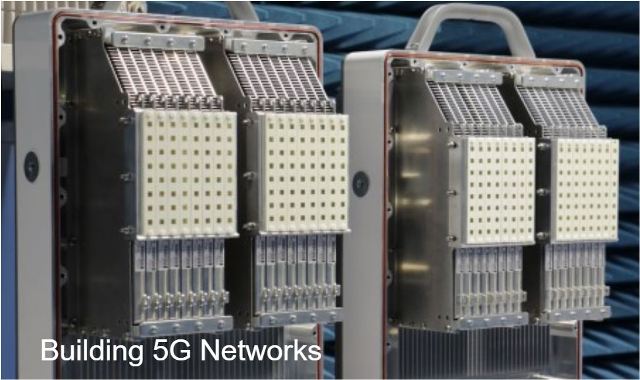The latest Opensignal report has revealed the ranking of wireless operators such as AT&T, Verizon and T-Mobile US in terms of 5G network performance.
 Verizon is the leader in the 5G download speed; AT&T is the leader in the 5G download speed; and T-Mobile is ahead of AT&T and Verizon in the 5G Availability score in the United States.
Verizon is the leader in the 5G download speed; AT&T is the leader in the 5G download speed; and T-Mobile is ahead of AT&T and Verizon in the 5G Availability score in the United States.
5G Download Speed
494.7 Mbps on Verizon
60.8 Mbps on AT&T
49.2 Mbps on T-Mobile
5G Availability
T-Mobile 22.5 percent of time
T-Mobile-owned Sprint 14.1 percent
AT&T 10.3 percent
Verizon 5G 0.4 percent
5G download speed
Verizon’s 5G smartphone customers achieved 5G download speed of 494.7 Mbps. Verizon 5G users experienced speeds that were almost ten times faster than 5G speeds on AT&T, Sprint and T-Mobile.
Verizon’s 5G users experienced the fastest average 5G speeds that Opensignal has seen to date on any carrier around the world.
5G upload speed
5G smartphone users on AT&T have experienced 5G upload speed of 42.6 Mbps.
5G smartphone users on Verizon network have experienced 5G upload speed 41 Mbps.
5G Availability
T-Mobile’s 5G users spend 22.5 percent of time connected to 5G. T-Mobile US is leading the 5G Availability score by a large margin with Sprint and AT&T trailing with scores of 14.1 percent and 10.3 percent, respectively.
Verizon users saw their extremely fast 5G service 0.4 percent of the time because of the limited geographical reach of the mmWave wireless technology Verizon currently relies upon for 5G and the early stage of the 5G deployment.
The low score for Verizon is due to the type of mmWave 5G technology the carrier is currently using as well as the early stage of 5G deployments. Once Verizon starts to offer 5G on mid-band or other lower frequency spectrum, the 5G Availability of Verizon users will improve.
While carriers in other countries mostly use new mid-band wireless spectrum for 5G, U.S, carriers have had to take a different approach because that 3.5Ghz spectrum was unavailable and being used by other services.
The Federal Communications Commission (FCC) is preparing to auction mid-band spectrum later this year. Verizon, AT&T and T-Mobile launched 5G services using mmWave – the only commercial 5G mmWave services anywhere globally – while Sprint used spare spectrum on its existing 2.5Ghz mid-band.
However, the bulk of time AT&T and T-Mobile users see 5G they are actually connecting to low-band 850MHz or 600MHz spectrum rather than those carriers’ mmWave-based 5G services. Those wireless frequencies are also used for 4G service and offer good reach but more modest speeds than the higher frequency 5G-only frequencies, the Opensignal report said.
Verizon users’ 5G download speeds were 17.7 times faster than Verizon users’ 4G speeds, compared with 1.8 times faster for AT&T and Sprint, and 1.7 times faster for T-Mobile.
The large difference in the average 5G speeds are because of the different types of wireless spectrum each carrier is using. Verizon is exclusively using very high capacity mmWave for its current 5G service which enables very high average speeds but smaller reach.
While AT&T and T-Mobile also have mmWave services, the vast majority of their users’ 5G time is spent connected to 5G on lower spectrum bands where the reach is considerably better but the spectrum is not well-suited to extremely fast speeds.





